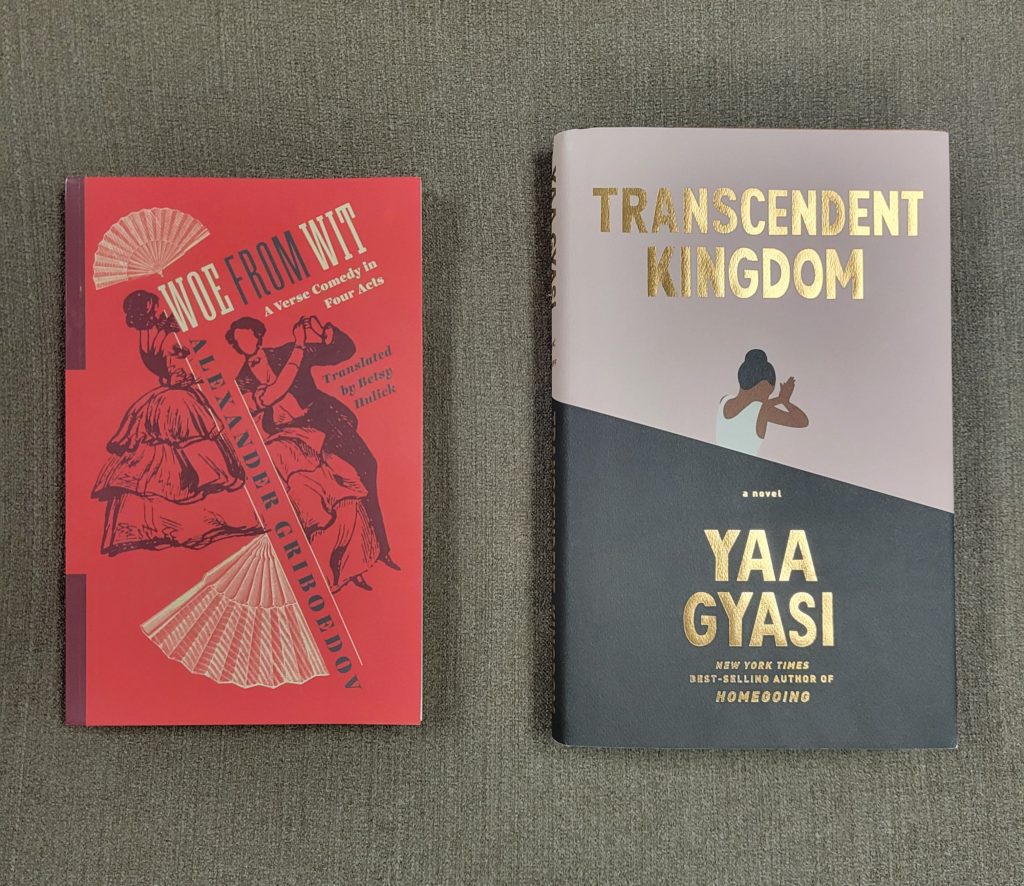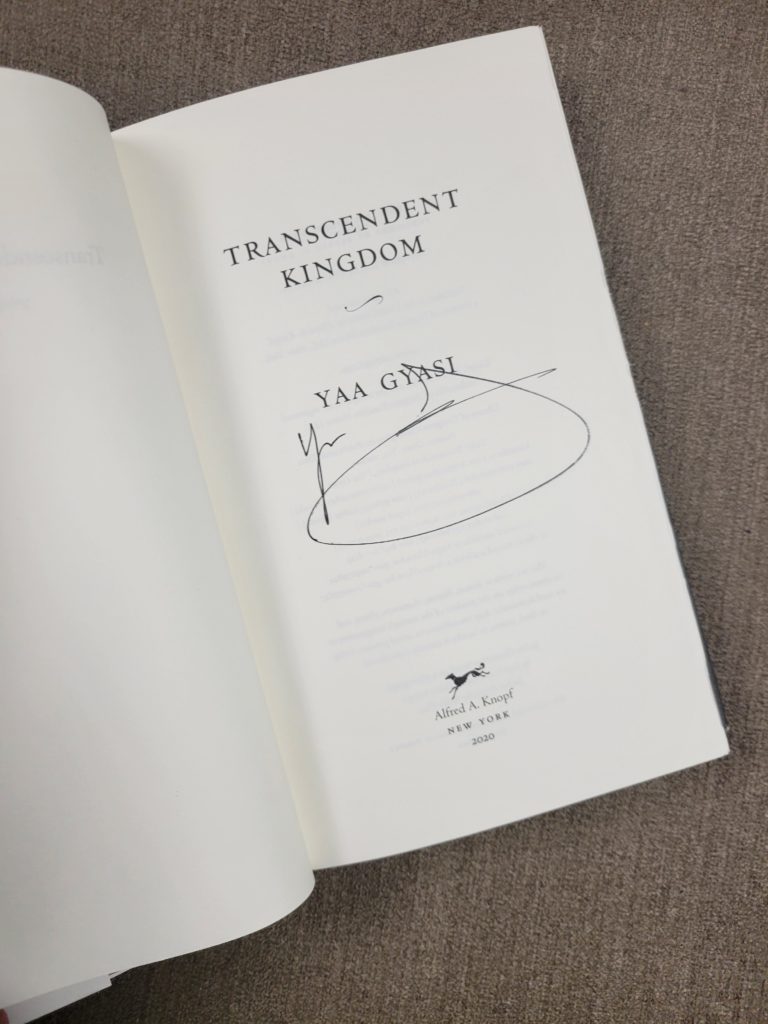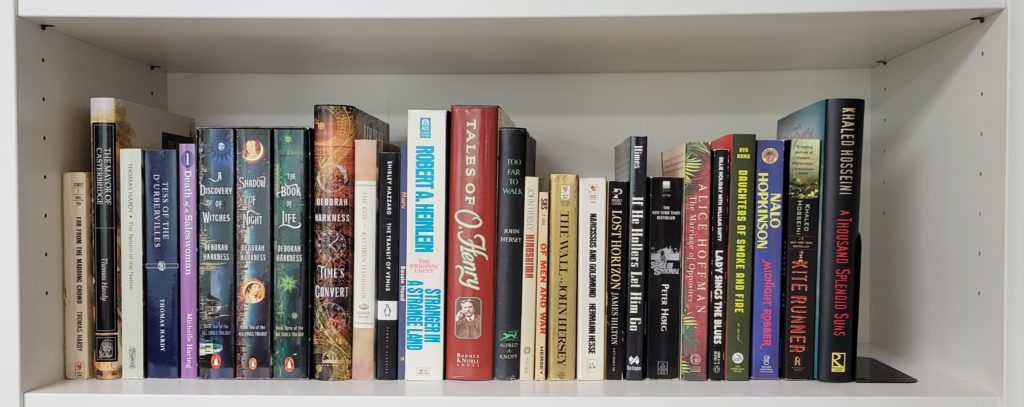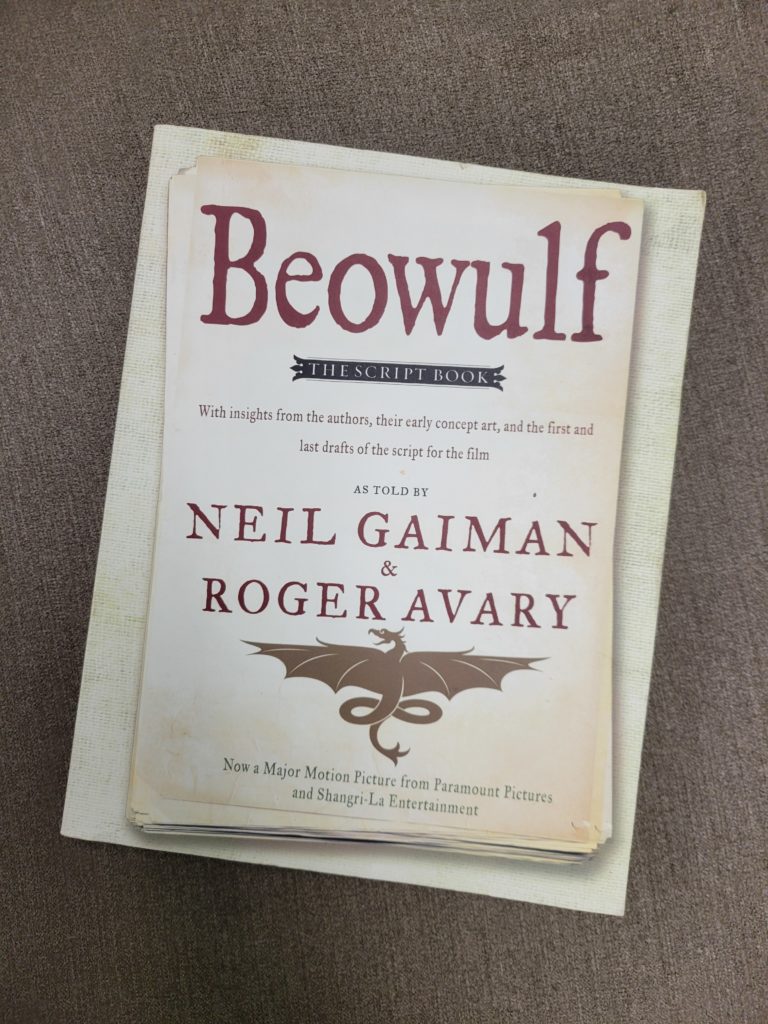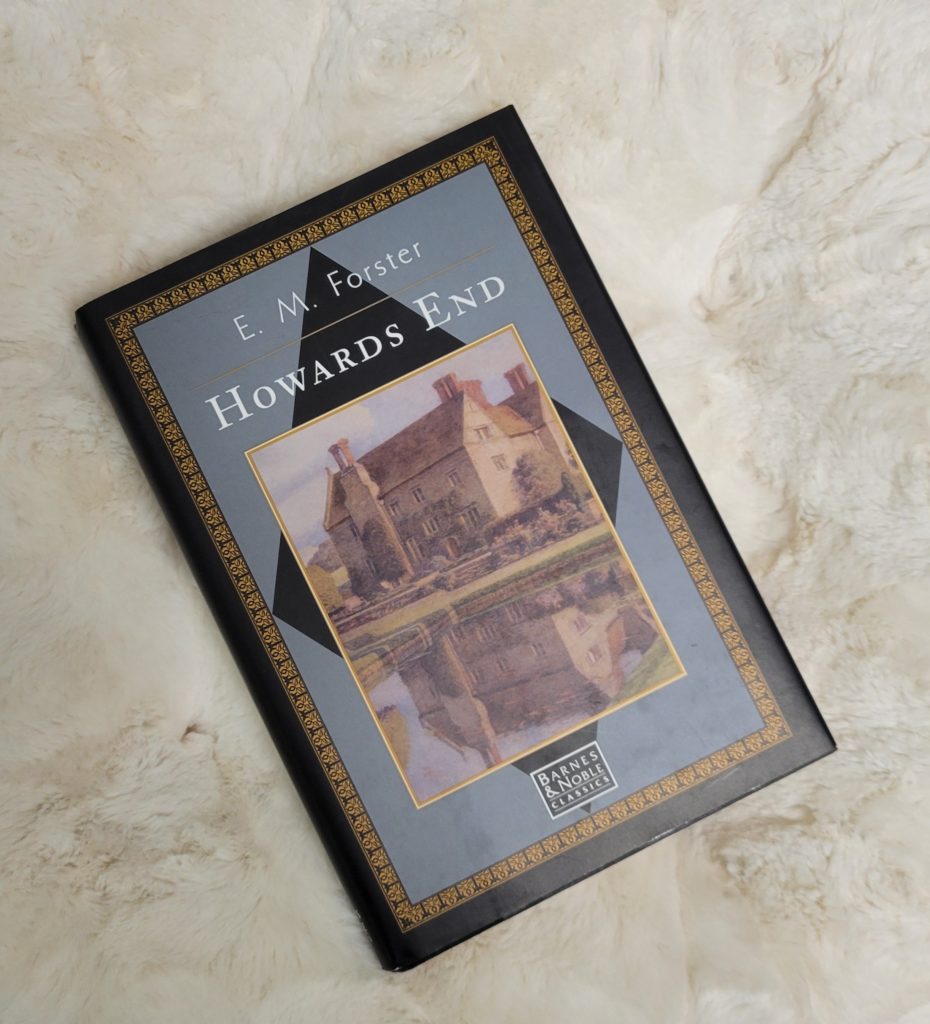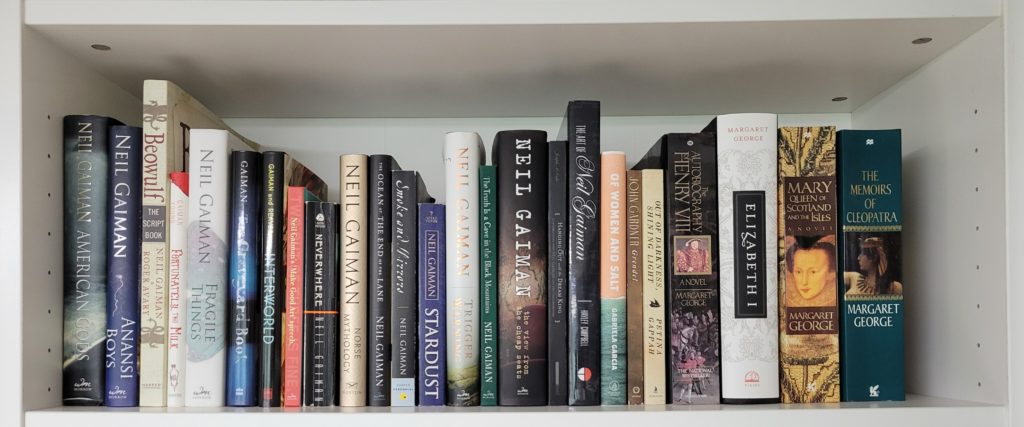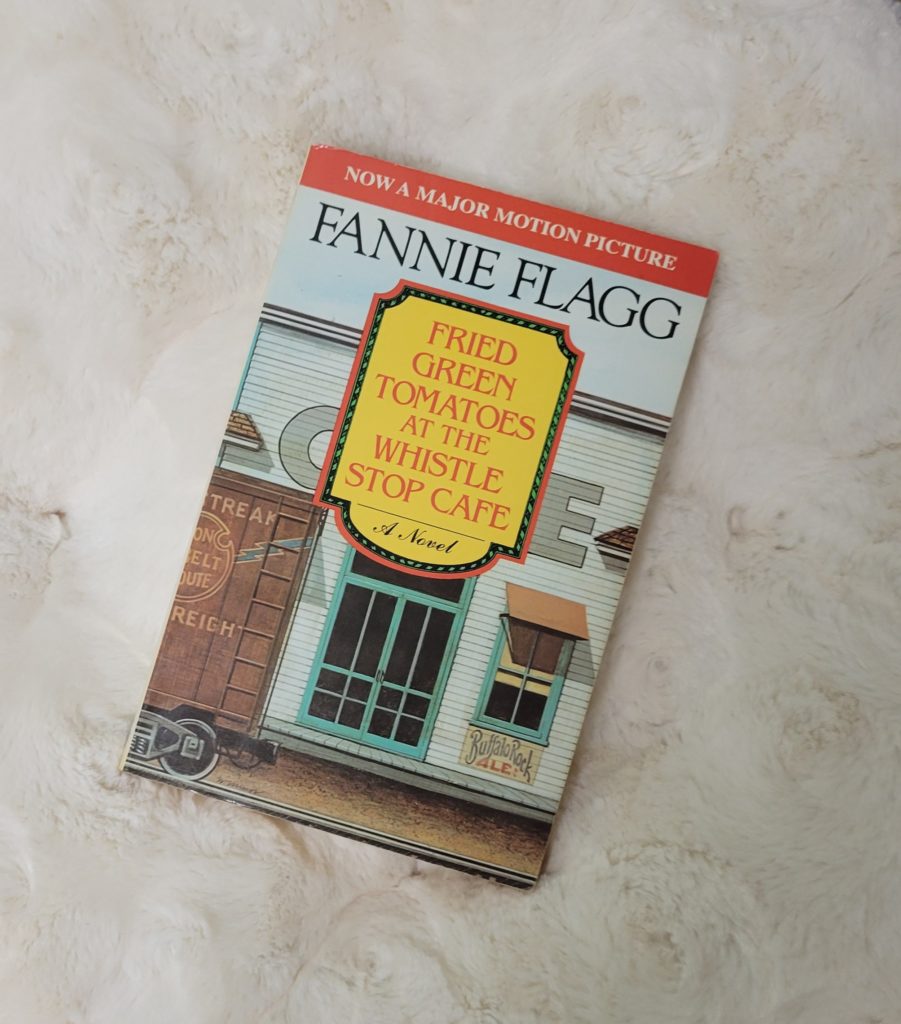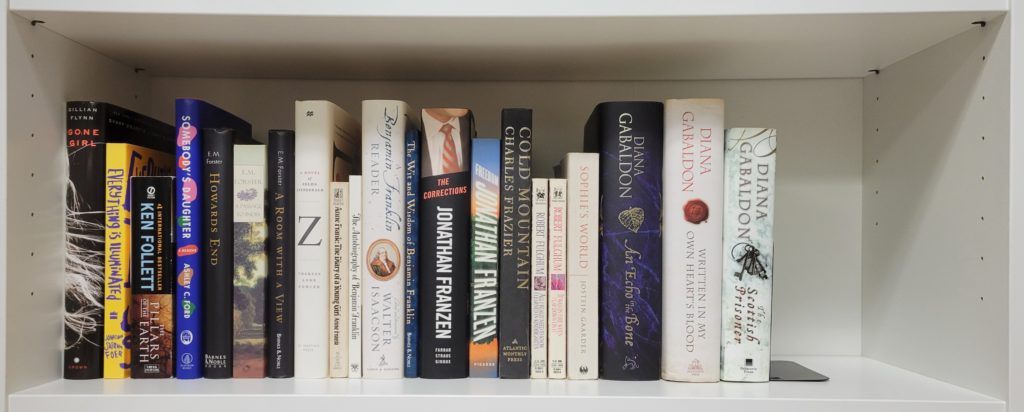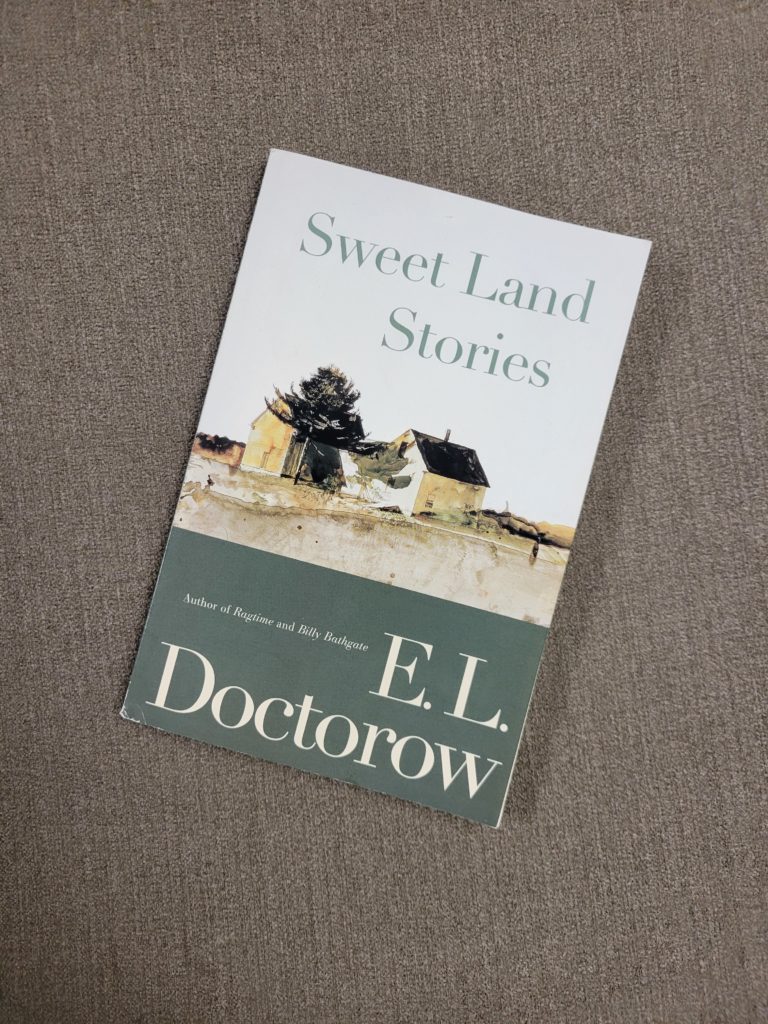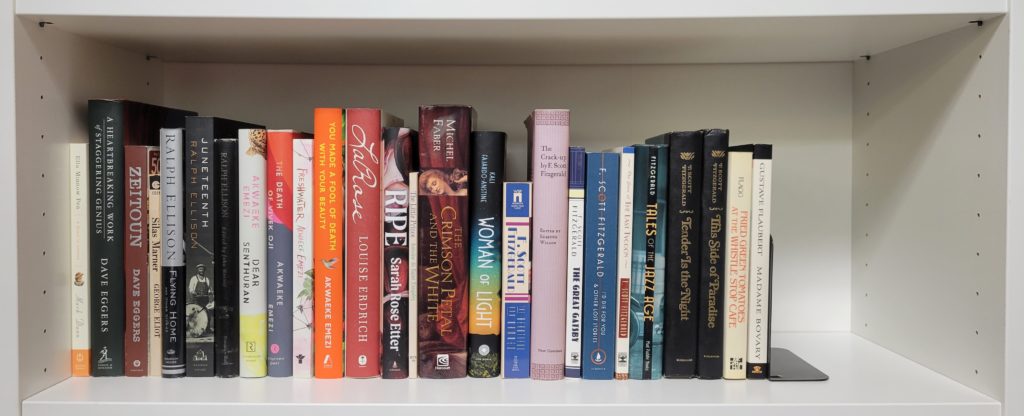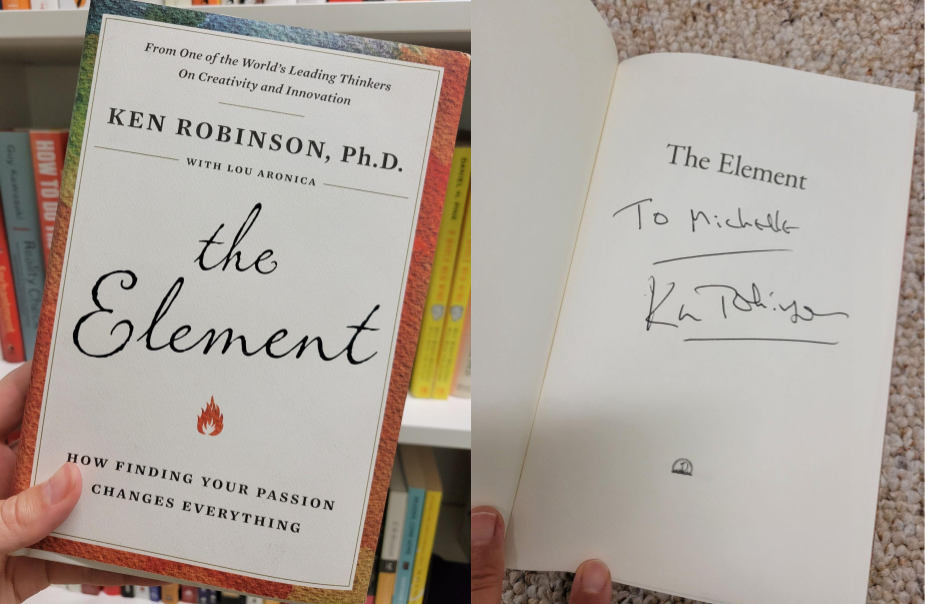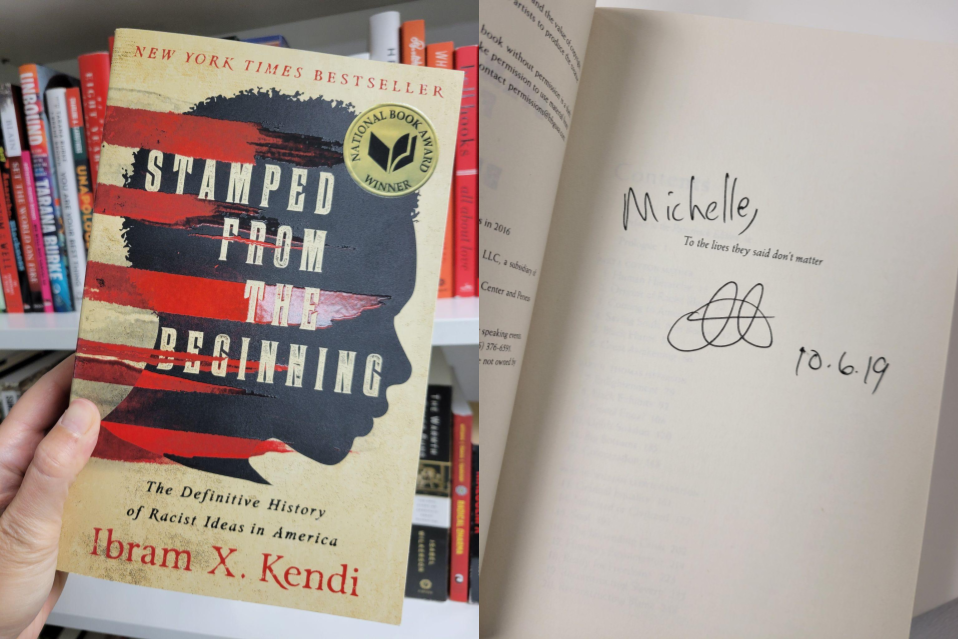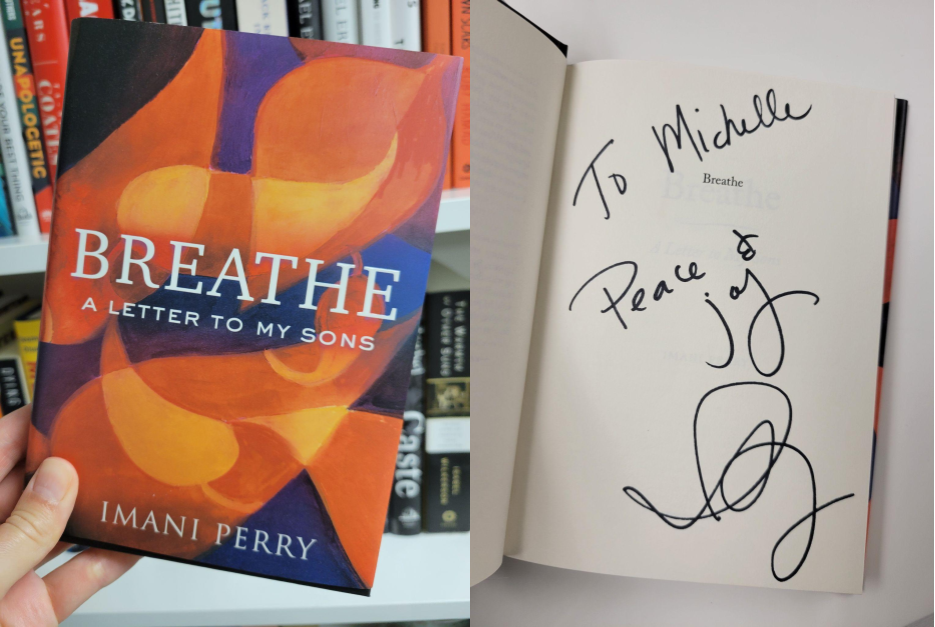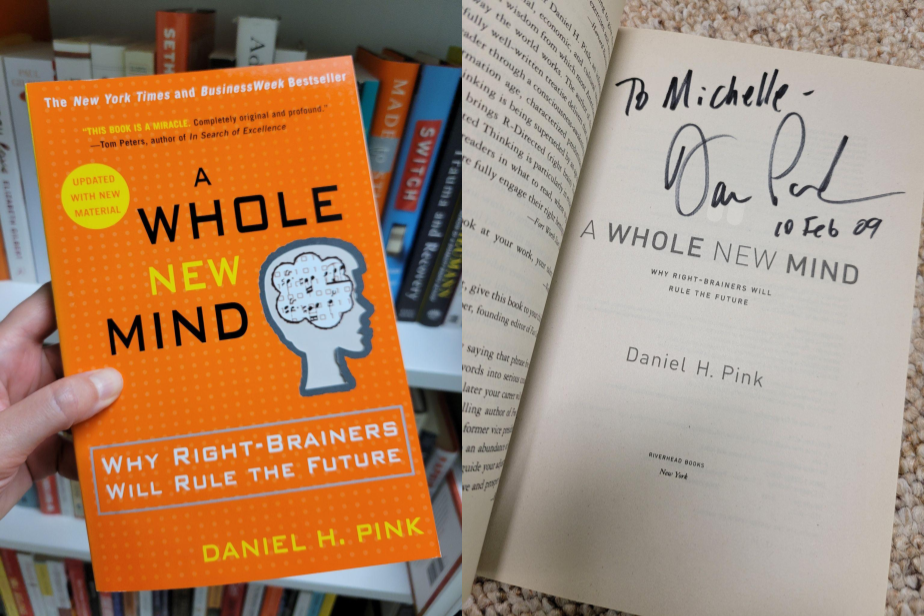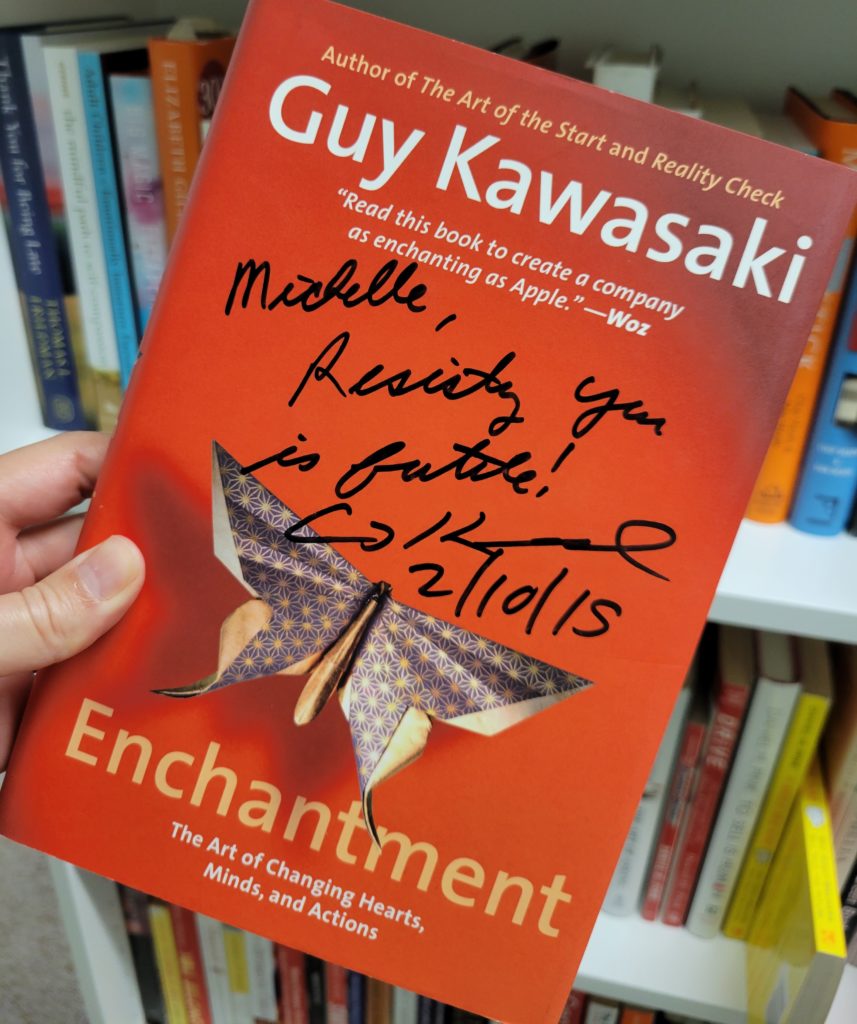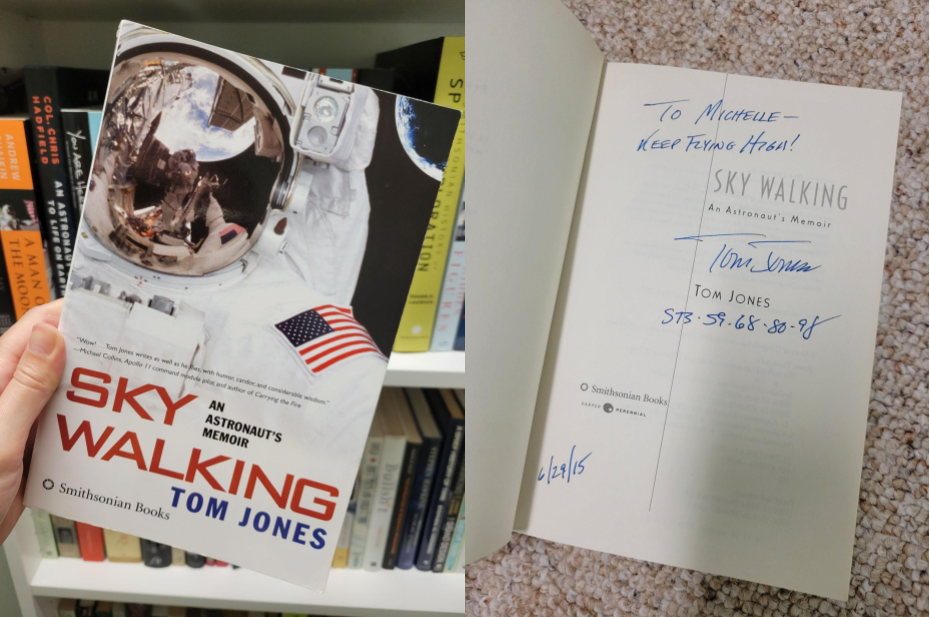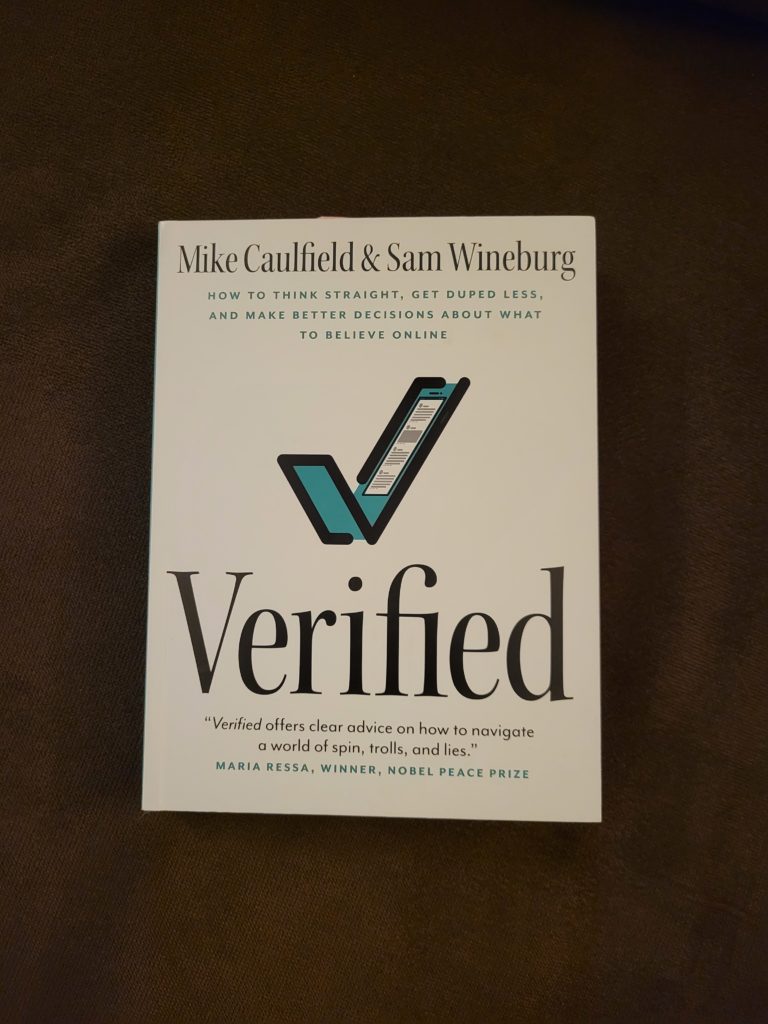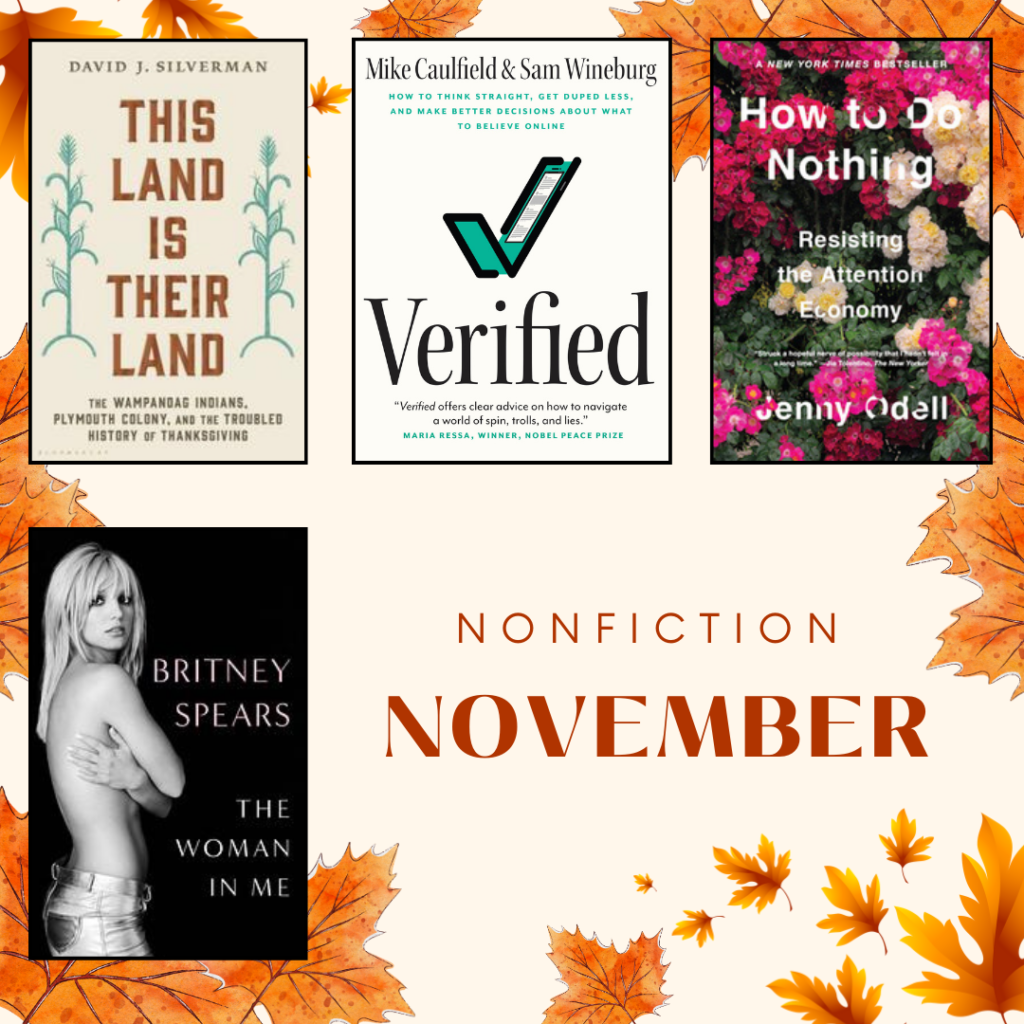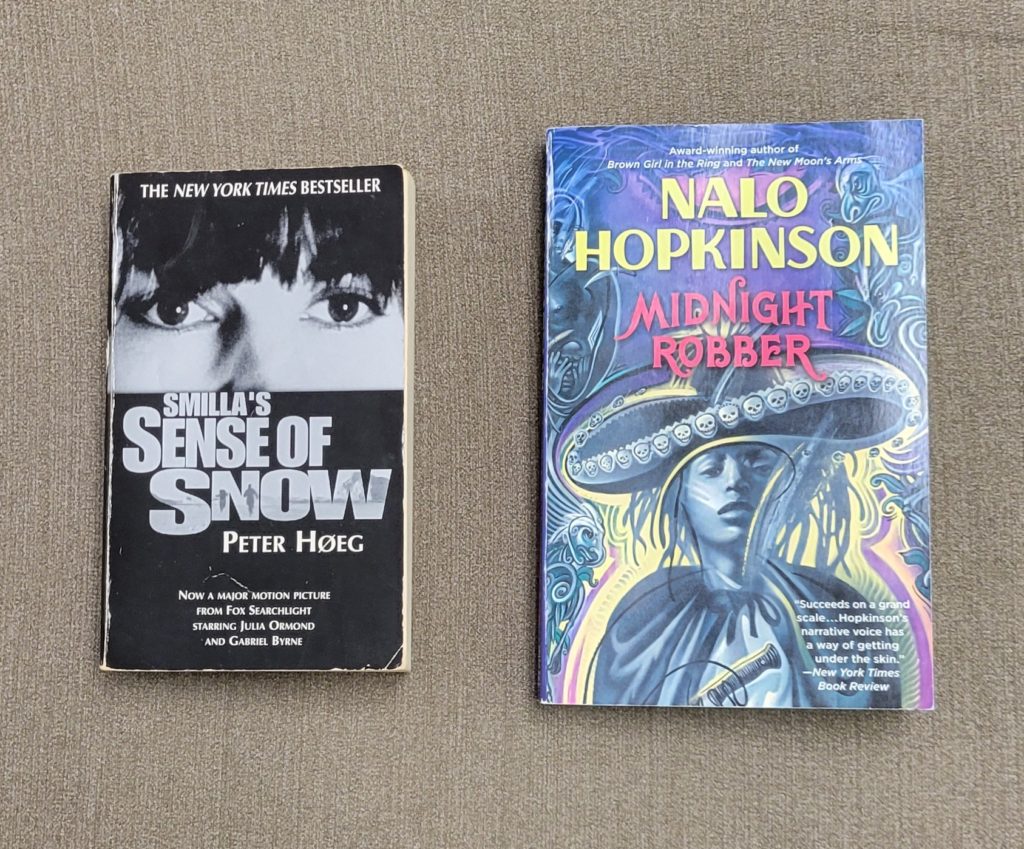
These took longer than usual to finish. When I started Smilla’s Sense of Snow, I couldn’t put it down, but the second half of the novel got really messy. It could have been because school was extremely stressful while I was trying to finish it (internet outages, end of the marking period, etc.) and I didn’t have a lot of time or energy to read every day, but a lot of the second half didn’t really make sense to me. Not in the “I didn’t understand what was going on” way, but in the plot hole/continuity/character arc way. I did spend a lot of time researching Denmark, Greenland, and all the social issues addressed in the book, so even though I didn’t love it, I’m better for having read it. Plus, it satisfied a lot of challenge prompts. (Beat the Backlist: 4-word title, travel by ship, and these woods hold secrets; The StoryGraph’s Genre Challenge 2024: A thriller or crime novel in translation)
Midnight Robber was tough to get through because I was unaware that it was going to take an extremely dark turn. The novel starts off pretty light, but then the main character experiences something devastatingly traumatic and it was a lot for me to process. I was tempted to DNF it and come back to it later, but because of how much I liked the main character, I needed to see her through to the end. I’m glad I did! Another reason I wanted to see it through was that it satisfied so many reading challenge categories. (Beat the Backlist: these woods hold secrets, between 300 and 400 pages, and second chances; The StoryGraph Reads the World 2024: Jamaica; The StoryGraph’s Genre Challenge 2024:A science fiction or dystopian book by a woman or nonbinary author)
Another reason it took longer than usual to get through Smilla’s Sense of Snow and Midnight Robber was that I HAD to read Martyr! by Kaveh Akbar before the book signing at The Midtown Scholar. It’s one of the best books I’ve ever read and it will probably have its own post (once I read it again).
Now for shelf #16!
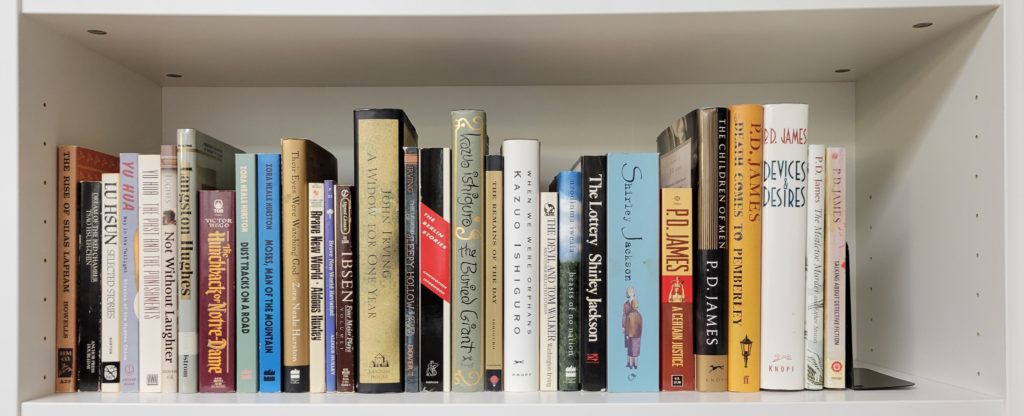
I’m going to stick to P. D. James for this shelf because I need something lighter, and I want to start reading some of the books I got for my birthday! I usually double (or triple) up on books, but they can’t be similar at all. Plus, I don’t want any content surprises. I’ve read most of the Adam Dalgliesh novels and I’ve loved them all.
Books I’ve read:
- Their Eyes Were Watching God by Zora Neale Hurston
- Brave New World by Aldous Huxley
- Brave New World Revisited by Aldous Huxley
- The Remains of the Day by Kazuo Ishiguro
- The Lottery and Other Stories by Shirley Jackson
- Children of Men by P. D. James
